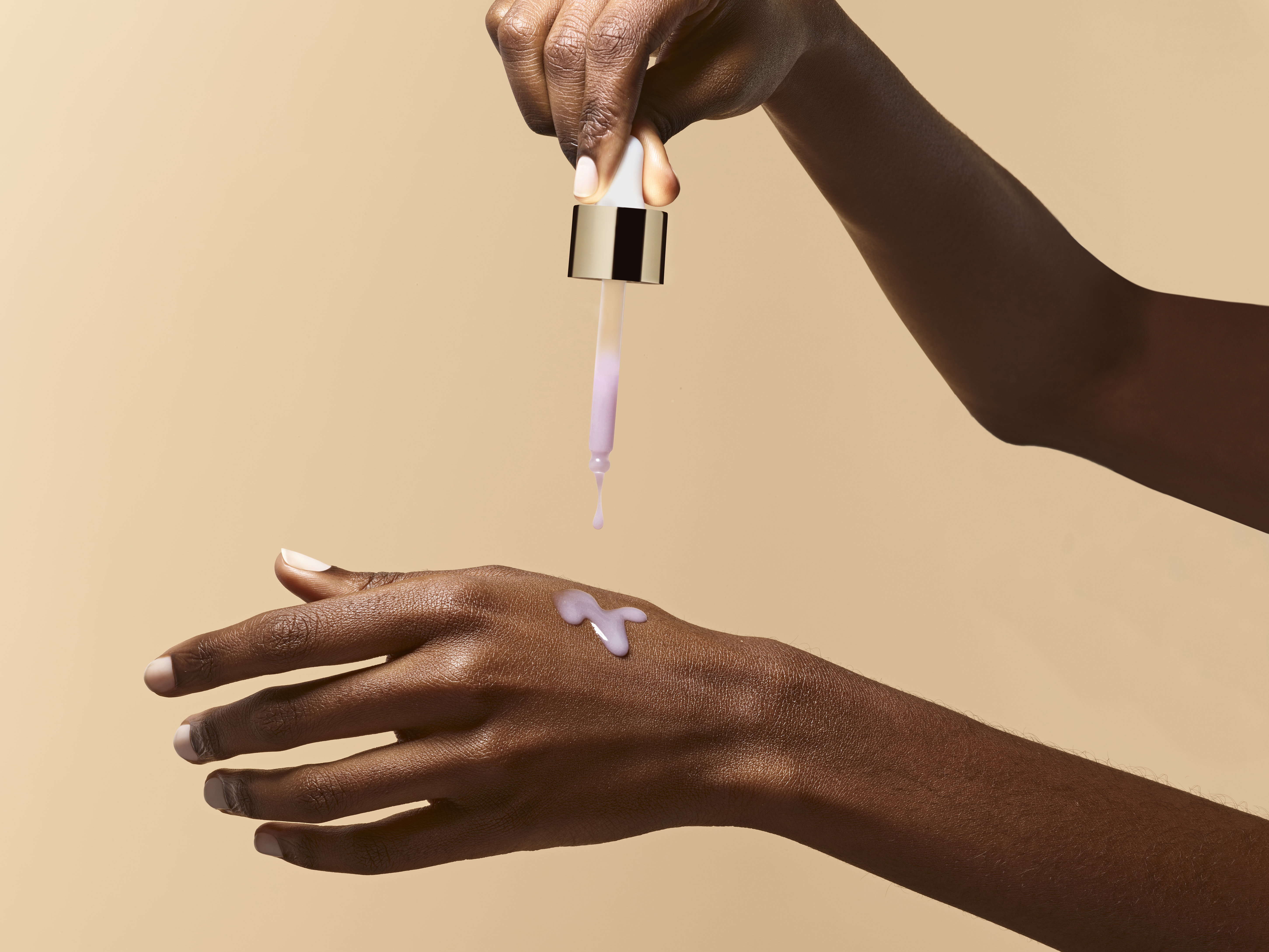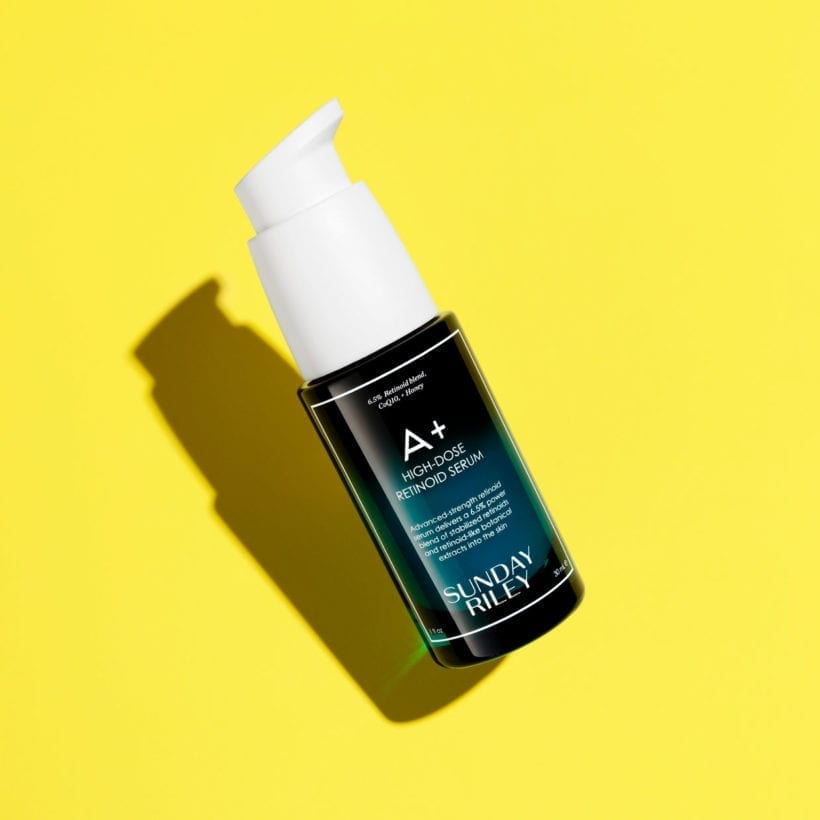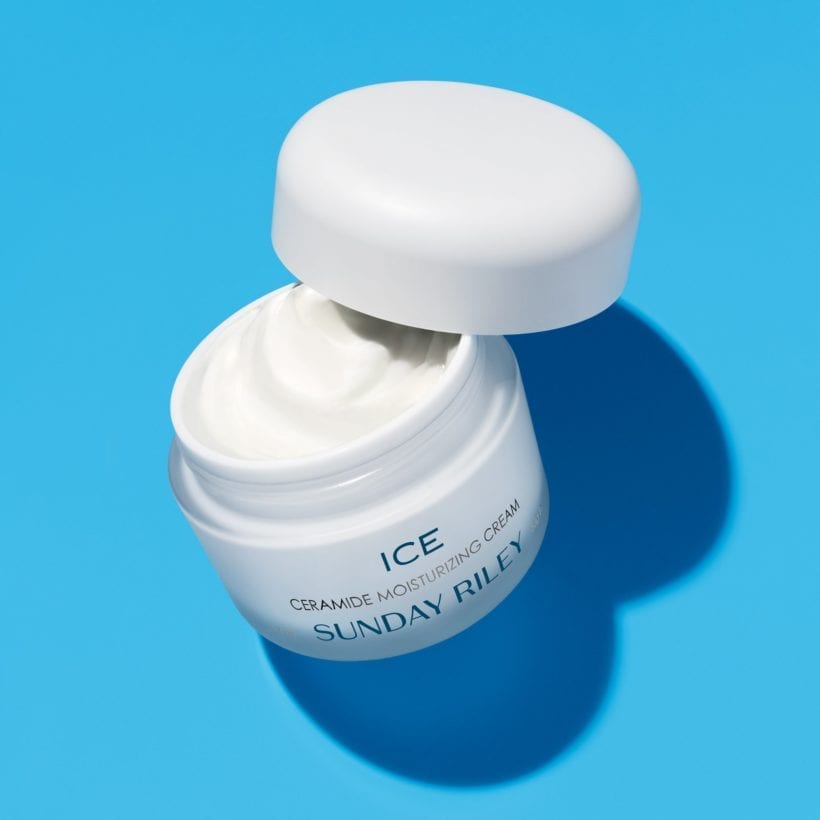It might seem like every other day there’s a new “it” ingredient in the skincare world that promises clear, glowing, and younger-looking skin. It’s true that researchers are always developing new products and, along the way, are discovering the benefits of certain ingredients over others. However, it’s also true that some of the most effective and tried-and-true skincare ingredients are those that have been around for ages.
This is true for niacinamide, also known as vitamin B3. Niacinamide is a vitamin and essential nutrient that we glean from food (since our body can’t make it on its own), and it helps maintain the integrity of our cells. It has quite an extensive resume when it comes to its skin benefits, including helping to reduce the appearance of surface redness, hyperpigmentation, pore size, and acne scars, strengthening the skin barrier, regulating sebum production, and acting as an antioxidant by warding off environmental damage. ‘It’s one of those ingredients I’ve been obsessed with for a long time. It’s anti-aging and it’s anti-inflammatory. The really cool thing about niacinamide is it increases your body’s natural production of ceramides and free fatty acids, which, by the way, decline as you age. It also increases the production of an enzyme, which helps to increase the production of ceramide. So it’s dual working here,’ adds Sunday Riley, CEO, founder and product formulator.
Take a look at some of the benefits of niacinamide for the skin.
Meet the Experts
Sunday Riley , CEO, founder and product formulator
Lian Mack, M.D., is a dermatologist at GlamDerm in N.Y.C.
Marisa K. Garshick, M.D., is a dermatologist at MDCS Dermatology in N.Y.C.
Marina Peredo, M.D., Marina Peredo, M.D., is a dermatologist in Smithtown, New York.
Brendan Camp, M.D., is a dermatologist at MDCS Dermatology in N.Y.C.
It helps support and protect the skin barrier
Research, including one study published in the British Journal of Dermatology, has shown niacinamide to be helpful in enhancing the moisture content of the skin, mainly due to the fact that it has the ability to strengthen the skin barrier by promoting ceramide production. ‘If you’ve got dry skin like me, it’s going to help prevent your skin from being dry and from trans-epidermal water loss. It helps your moisturizer sink deeper,’ explains Sunday Riley. ‘By helping to prevent further moisture loss, it helps to reduce dryness of the skin and can help to boost tolerability of other skincare ingredients”. When matched with strong ingredients like retinol and hydroxy acids, it calms and soothes skin and prevents irritation. Sunday Riley 5 Stars Eye Serum combines the powers of retinoids and niacinamide into one skin-smoothing product for the entire eye area. Sunday also adds that when paired with nourishing ceramides, peptides, and hyaluronic acid, these ingredients work synergistically to keep “skin hydrated and strengthen the skin barrier.”
It has anti-inflammatory and soothing properties

‘If you’ve got redness or irritation, B3Nice 10% Niacinamide serum is amazing because niacinamide is an anti-inflammatory. So you’re going to start seeing some of that redness and inflammation calm down. In 4 weeks, 100% saw skin was clearer and saw a reduction in redness (*Results obtained through third-party expert grading and consumer study). That’s why I love to use products with niacinamide after microneedling procedures. It’s speeding up healing and quickly removing redness,’ explains Sunday.
It helps address hyperpigmentation
As many as 5 million Americans suffer from melasma, or hyperpigmentation on their skin, per research published in the Journal of Community Hospital Internal Medicine Perspectives. Luckily, niacinamide can help, especially when it comes to improving skin tone. ‘Vitamin C and niacinamide (a form of vitamin B3) are brightening ingredients; they work in different ways, but they complement each other. Vitamin C inhibits the tyrosinase enzyme that produces melanin, while niacinamide inhibits the transfer of melanosomes from the melanin. Both calm down melanin synthesis by minimizing hyperpigmentation. When you do this, you get a brightening of your skin. ‘Vitamin C is part of collagen production, and niacinamide supports collagen production,’ says Sunday. Niacinamide reduces the appearance of post-acne and acne scars and gives your skin a more flawless appearance.
It has anti-aging properties
Niacinamide helps reduce the appearance of fine lines and wrinkles and improves elasticity or firmness, notes Dr. Mack and as shown by one study published by the International Journal of Cosmetic Science. Including niacinamide in your skincare regimen is a great way to retain a youthful glow and appearance.
In 4 weeks of using B3Nice 10% Niacinamide serum, 96% showed improvement in wrinkles. (*Results obtained through third-party expert grading and consumer study).
The dos and don’ts of using niacinamide
If you’re looking to give niacinamide a try, here are some things you should and shouldn’t do, according to dermatologists.

Do: Use it every day
Given it is a tolerable ingredient, Dr. Garshick points out that niacinamide is safe to use every day and can be incorporated into a daily cleanser, moisturizer, or serum that is meant for daily use. It can also be used both in the morning or at night. Niacinamide doesn’t cause photosensitivity, so it can be used in the a.m. (but of course always followed by sunscreen). It’s also great to apply year-round.
‘B3Nice is a thin water-based serum. It is meant to soak into anyone’s skin incredibly quickly, whether they have dry skin or oily skin. When I was working on its formula, I was going to assume that the user is going through several steps during the day and they’re not going to want excess oil on their skin,’ says Sunday.
Don’t: use at high concentrations
At higher concentrations, niacinamide may cause redness and irritation, warns Dr. Garshick. “While having anti-inflammatory properties, when niacinamide is used in higher concentrations, it may cause contact dermatitis, which may manifest as redness and a rash,” she says.
As noted above, niacinamide is wonderful because it strengthens the skin barrier without typically causing sensitivity. Clinical studies on niacinamide typically focus on its effectiveness at concentrations ranging from 2% to 5%, sometimes up to 10%. These studies often address issues like oily skin, acne, inflammation, hyperpigmentation, and signs of aging. ‘While it’s possible to use niacinamide at concentrations as high as 40% or even 100%, this isn’t typically done. The primary concern is finding the “sweet spot” where the product is effective without causing irritation. Most people can tolerate up to 10% without experiencing stinging, but higher concentrations might irritate the skin, and too little niacinamide concentration provides less benefits to the skin. There’s little justification for exceeding this 10% threshold in skincare products. Some brands might include higher concentrations for marketing purposes, suggesting a more potent product. However, such high concentrations don’t seem necessary without clear benefits and considering the potential for irritation. In summary, while niacinamide is a highly beneficial ingredient, there’s no compelling reason to use it in extremely high concentrations,’ explains Sunday.
Do: Use it after cleansing but before moisturizer
If you are using a serum with niacinamide, Marina Peredo, M.D., a dermatologist in Smithtown, New York, recommends using it after you have cleansed your face but before you apply a moisturizer.
Do: Pair with other active ingredients
Niacinamide can be paired with ingredients to address hyperpigmentation, such as lactic and glycolic acids to provide synergistic results, or can be combined with retinol to help boost tolerability and stimulate ceramide production, notes Dr. Garshick. She also points out that it can also be paired in moisturizers with ceramides or hyaluronic acid.
“AHA (alpha hydroxy acid) serves as a powerful exfoliant, effectively shedding dead skin cells and promoting cell turnover, while niacinamide plays a crucial role in restoring hydration and fortifying the skin barrier. Together, these ingredients not only reduce the appearance of redness but also maintain optimal skin health. Despite having different pH levels, AHA and niacinamide complement each other exceptionally well, making them a dynamic duo in skincare routines focused on achieving a balanced, rejuvenated complexion. This combination is particularly beneficial for acne-prone skin, as it helps manage breakouts while preserving skin hydration,” explains Sunday.













